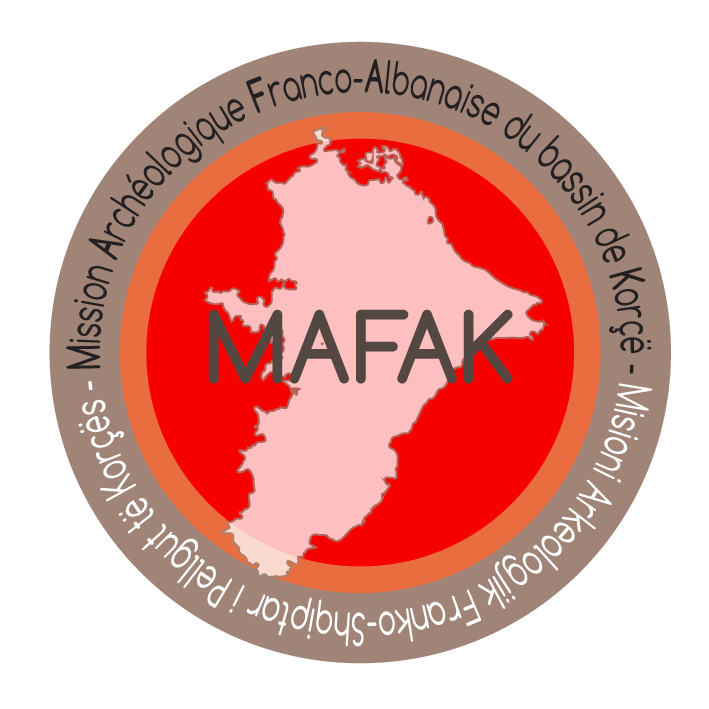Albania remained until recently a sort of grey area on the archaeological map of the Balkans, especially for the pre- and protohistoric periods.
Whereas in the Aegean world, the first Bronze Age settlements have been known since the end of the 19th century (excavations by Schliemann at Troy and Mycenae, by Evans at Knossos), in Albania the first discoveries are barely more than fifty years old.
Indeed, until the First World War, the natural obstacles, combined with the reputedly fierce character of the inhabitants, discouraged the curiosity of foreigners in general, and archaeologists in particular. Only a few "travellers" and diplomats ventured there, such as Colonel Leake at the beginning of the 19th century, or Pouqueville, who was French consul to Ali Pasha from 1806 to 1814.
It was only after 1918, i.e. after the creation of an independent Albanian state (dismemberment of the Ottoman Empire), that archaeological research began in Albania. However, it was then carried out exclusively by two foreign missions - a French mission, led by Léon REY (a former non-commissioned officer in the Eastern Army), and an Italian mission, led by Luigi UGOLINI. Both missions are obviously interested in Greco-Roman antiquities: the Greek colony of Apollonia for the French mission; the two Epirotic cities of Bouthrôtos (Butrint) and Phoinikè for the Italian mission. The Italians did discover some Palaeolithic tools and Neolithic ceramics, but this material was never published.
In fact, it was not until the end of the Second World War and the organisation of a national archaeology by the Communist regime that emerged from the Resistance that the first systematic excavations were carried out throughout the country. These excavations now cover all periods of Albania's past, from prehistory to the end of the Middle Ages. Excavations that have the explicit aim of giving the country the foundations of its national identity. These excavations should therefore prove the autochthonous character of Albanian culture, showing that it owes nothing to its neighbours and everything to its valiant ancestors: the Illyrians.
It is in this context that the first remains of the Bronze Age were brought to light. On the one hand, these are tumuli necropolises; on the other hand, they are habitat sites. There are hundreds of burial mounds, mainly concentrated in the north of the country (Shkodra region), in the centre (Mati valley, Elbassan region) and in the south (Vlora, Gjirokaster, Kolonja regions). The settlement sites are much less numerous (about twenty). They are distributed from the north to the south of Albania, but the one that serves as a reference (because of the length of its stratigraphic sequence and the abundance of its ceramic material) is that of Maliq, a lacustrine habitat located in the Korça basin (south-east of the country) and discovered at the beginning of the 1960s during reclamation work.



